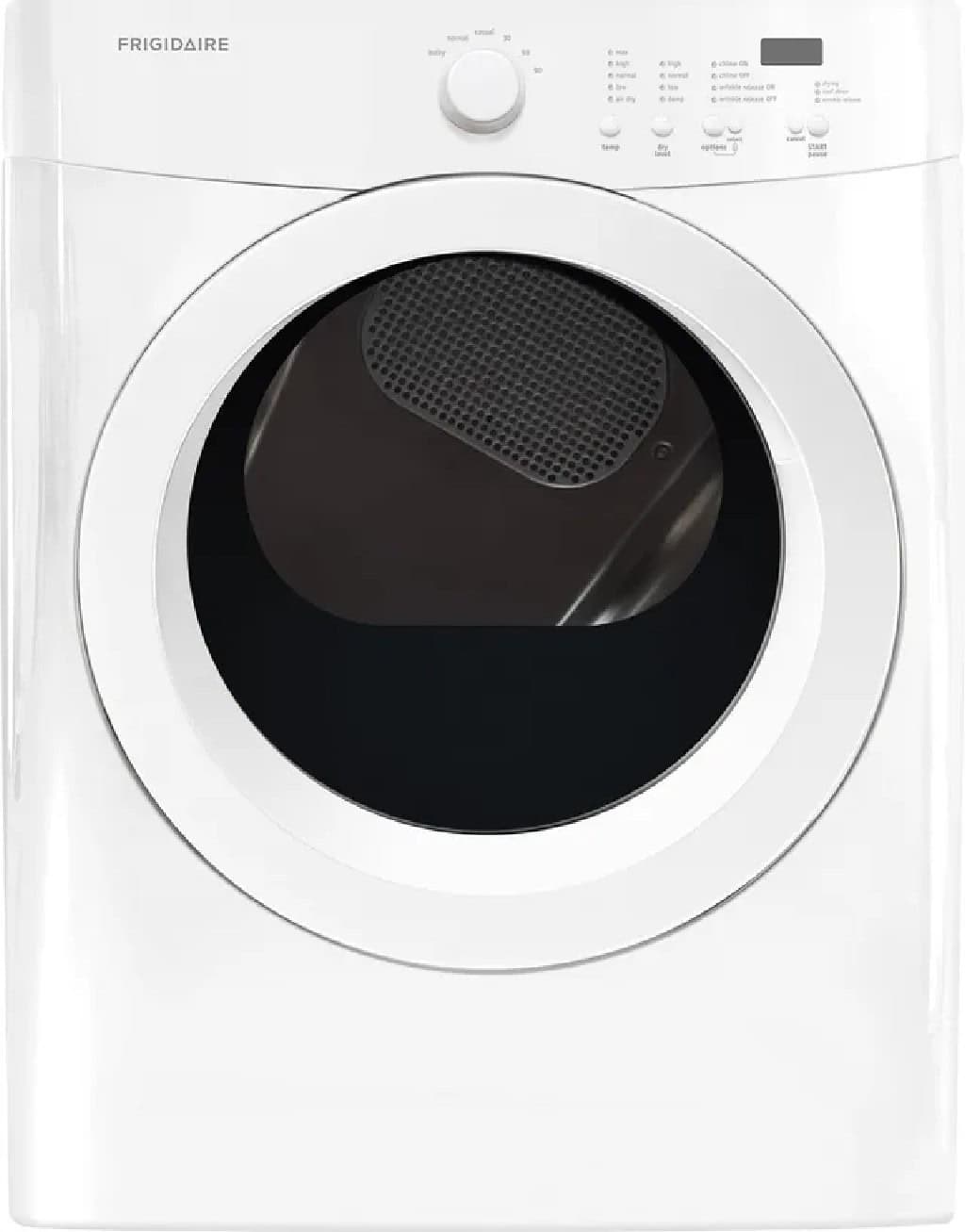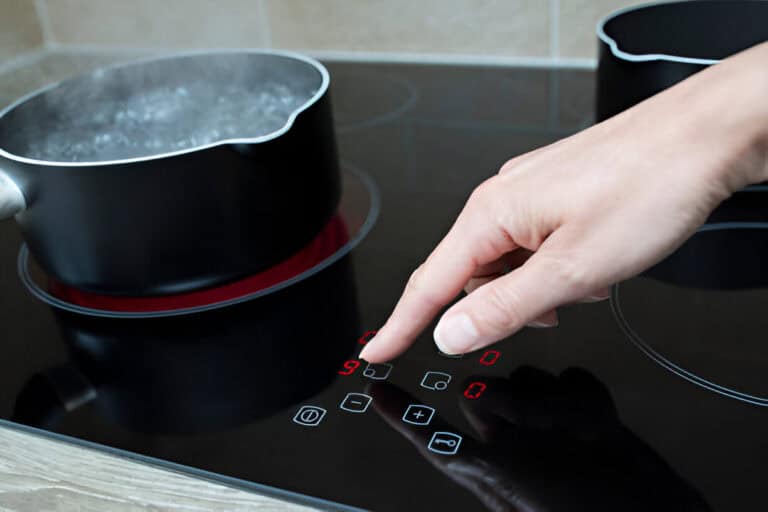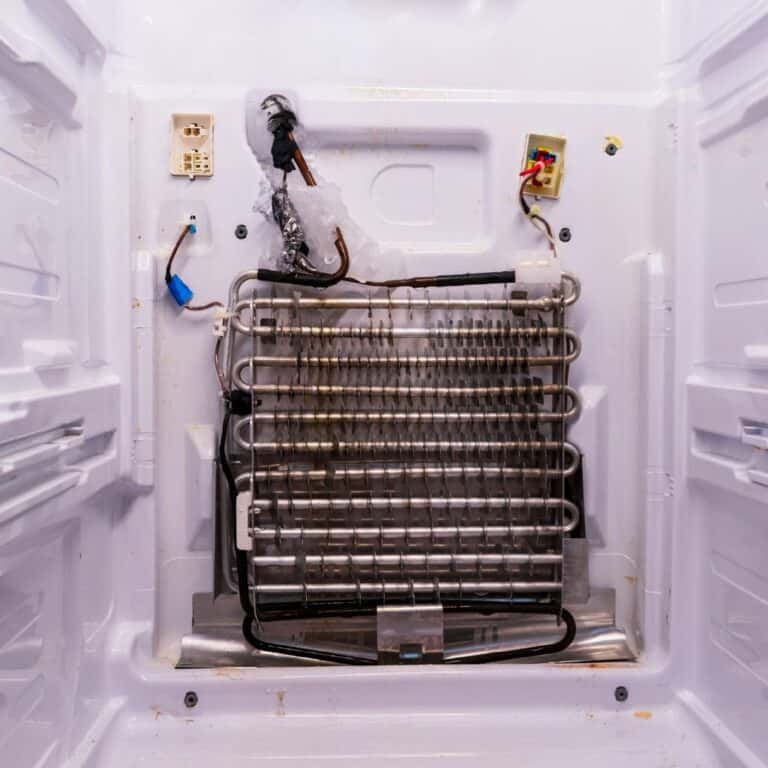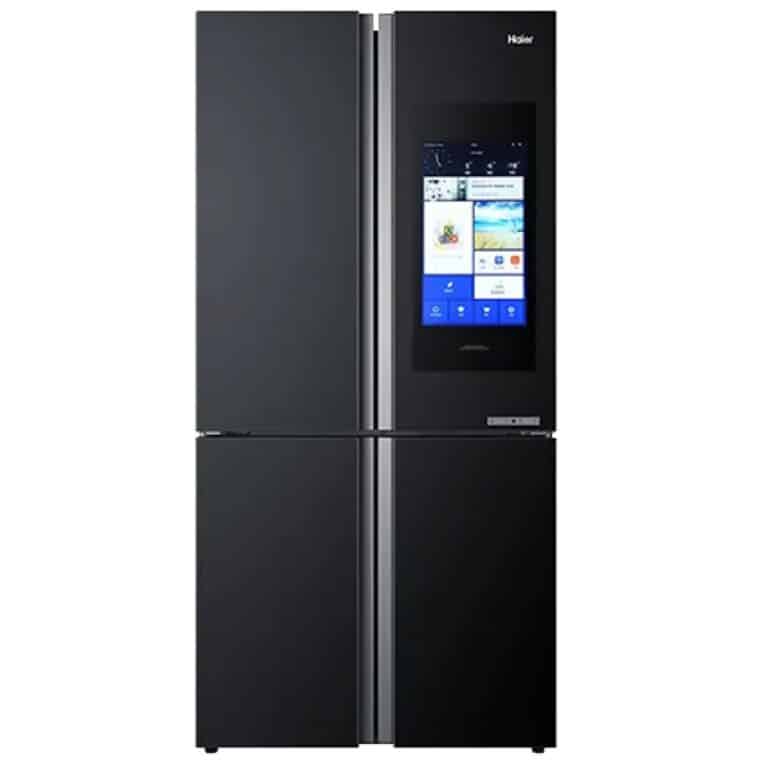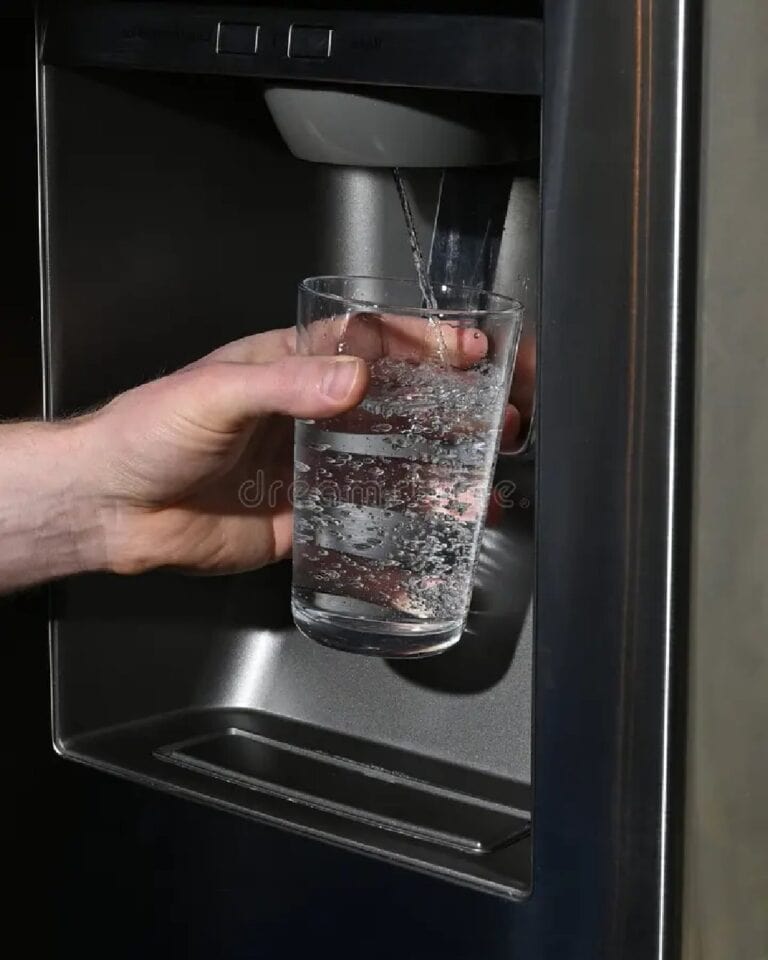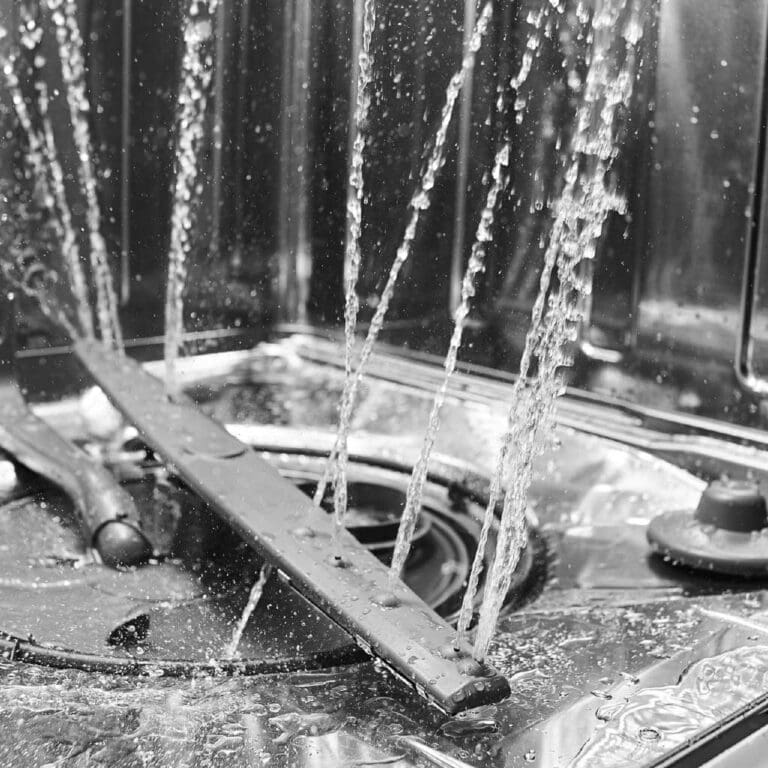Frigidaire Dryer is Not Heating with Flashing Lights: Troubleshooting Guide
Standing in front of a Frigidaire dryer that refuses to heat up and flashes its lights like it’s auditioning for a space opera is incredibly frustrating. It’s as if the appliance is sending out cryptic Morse code messages, but instead of translating them, you’re left with damp laundry and mounting confusion.
I’ve been there myself, staring at those blinking lights and questioning whether my dryer had developed a personality of its own. Spoiler: it hadn’t, but the solution wasn’t as complicated as it seemed.
So, what do those flashing lights really mean? Are they warning you about a simple fix or hinting at a more serious problem? Before you start googling for a replacement dryer or calling for backup, let’s break down what might be going on inside that machine. You’d be surprised how often a straightforward step can resolve the issue and save the day.
By the end of this post, you will not only comprehend the meaning of those mysterious lights, but also gain the confidence to address the issue directly. Whether it’s a clogged vent, a tripped sensor, or a different issue, I’ll walk you through it all to restore your dryer to its optimal function of keeping your laundry fresh and dry.
Decoding the Flashing Lights
First things first, those flashing lights aren’t just for show. They’re your dryer’s way of communicating something’s amiss. Depending on the pattern and color of the lights, your dryer might be pointing to different issues. Here’s how to start deciphering the signals.
- Consult the Manual: In this situation, your dryer’s user manual is an invaluable resource. It often includes a section on what different light patterns mean. If you don’t have a hard copy, you can usually find a digital version on the Frigidaire website.
- Look for Error Codes: Many Frigidaire dryers have a digital display that shows error codes. These codes can indicate specific problems, such as sensor issues or circuit failures. Refer to your manual or Frigidaire’s website for a list of error codes and their meanings.
| Read: Frigidaire Refrigerator H1 Error Code: What Does It Mean? |
Common Issues and How to Fix Them

Once you’ve figured out what the lights are trying to tell you, it’s time to dive into the troubleshooting process. Let’s tackle some of the most common issues that might cause your Frigidaire dryer to stop heating while flashing lights.
1. Check the Thermal Fuse
Consider the thermal fuse as your dryer’s protector. Its job is to prevent the dryer from overheating by cutting off power to the heating element if things get too hot. If the fuse blows, the dryer might still run but won’t heat up.
- Locate the Thermal Fuse: Usually found on the blower housing or the heating element housing.
- Test for Continuity: Use a multimeter to check if the fuse has continuity. If it’s blown, replace it.
| Step | Action |
| Locate the Thermal Fuse | Find it on the blower housing or heating element housing. |
| Test for Continuity | Use a multimeter. Replace if necessary. |
2. Inspect the High-Limit Thermostat
The high-limit thermostat is another critical component. It keeps the dryer from overheating by shutting off the heating element if the temperature gets too high. A faulty high-limit thermostat can cause the dryer to stop heating.
- Find the Thermostat: Located on or near the heating element housing.
- Check Its Function: Use a multimeter to test for continuity. Replace if defective.
| Step | Action |
| Locate the Thermostat | On or near the heating element housing. |
| Test for Continuity | Check with a multimeter and replace if faulty. |
3. Examine the Door Switch
The door switch ensures that the dryer only runs when the door is securely closed. If this switch is faulty, the dryer might not heat properly even if everything else seems fine.
- Locate the Door Switch: Around the door frame.
- Test the Switch: Use a multimeter to check for continuity. Replace if necessary.
| Step | Action |
| Locate the Switch | Around the door frame. |
| Test the Switch | Use a multimeter and replace if needed. |
4. Check the Heating Element

Though you might think the heating element is fine, it’s worth double-checking. Sometimes, an element might appear intact but still be faulty.
- Inspect the Element: Look for any visible damage or breaks.
- Test for Continuity: Use a multimeter to ensure it’s working properly. Replace it if it’s not.
| Step | Action |
| Inspect the Element | Look for damage or breaks. |
| Test for Continuity | Use a multimeter and replace if needed. |
5. Clean the Dryer Vent
A blocked vent can significantly impact the performance of your dryer. If the vent is clogged, it restricts airflow, leading to overheating and possibly triggering safety mechanisms that stop the heating element from working.
- Disconnect and Inspect: Detach the vent from the dryer and look for lint buildup or blockages.
- Clean Thoroughly: Use a vent brush or vacuum to clear any debris.
| Step | Action |
| Disconnect and Inspect | Check for lint buildup or obstructions. |
| Clean Thoroughly | Use a brush or vacuum to remove debris. |
6. Verify the Power Supply

Your dryer needs both 120V and 240V to operate correctly. If one of these voltages is missing, your dryer might run but not heat properly.
- Check Circuit Breakers: Ensure both the 120V and 240V breakers are in the “On” position.
- Test the Outlet: Use a multimeter to verify the outlet provides the correct voltage.
| Step | Action |
| Check Circuit Breakers | Ensure both breakers are “On”. |
| Test the Outlet | Verify correct voltage with a multimeter. |
| Check out: Dryer Not Working After a Power Outage? |
7. Examine the Wiring
Loose or damaged wiring can cause a host of problems. If wires connected to the heating element or thermostats are frayed or disconnected, they might prevent your dryer from heating.
- Inspect the Connections: Look for loose, frayed, or burnt wires.
- Secure and Repair: Tighten loose connections and replace damaged wires.
| Step | Action |
| Inspect the Connections | Check for loose or damaged wires. |
| Secure and Repair | Tighten connections and replace wires. |
8. Call in the Experts
If you’ve examined all these components and your dryer remains unresponsive, it may be necessary to consult a professional. Some issues are best handled by technicians who have the tools and expertise to diagnose and fix more complex problems.
- Complex Repairs: If the problem involves intricate electrical issues, a technician can offer a precise diagnosis.
- Warranty Considerations: If your dryer is under warranty, professional repairs might be covered. Check your warranty details before attempting major repairs.
| When to Call a Pro | Reasons |
| Complex Repairs | For intricate or specialized issues. |
| Warranty Considerations | To avoid voiding warranty coverage. |
Keeping Your Dryer in Shape
To avoid future heating issues, follow these preventive measures:
- Regular Maintenance: Clean the lint filter and inspect the vent and ducts regularly.
- Proper Usage: Avoid overloading the dryer and use appropriate settings for different fabrics.
- Annual Inspection: Schedule a professional check-up to catch potential issues early.
| Preventive Measure | Action |
| Regular Maintenance | Clean filters and inspect vents. |
| Proper Usage | Don’t overload and use correct settings. |
| Annual Inspection | Have a professional check-up. |
| Check out: Samsung Dryer Not Drying: How to Fix the Moisture Sensor Issue |
Wrapping It Up
Navigating a Frigidaire dryer that’s not heating while flashing lights can be challenging, but with the right approach, you can find your way out. By checking these components and following these troubleshooting steps, you’ll be well on your way to solving the mystery behind your dryer’s cooling conundrum. Remember, patience and a methodical approach will get your dryer back to its reliable self, ensuring you’ll have warm clothes once more.
So, prepare yourself, gather your tools, and let’s restore your dryer to its optimal heating function!
